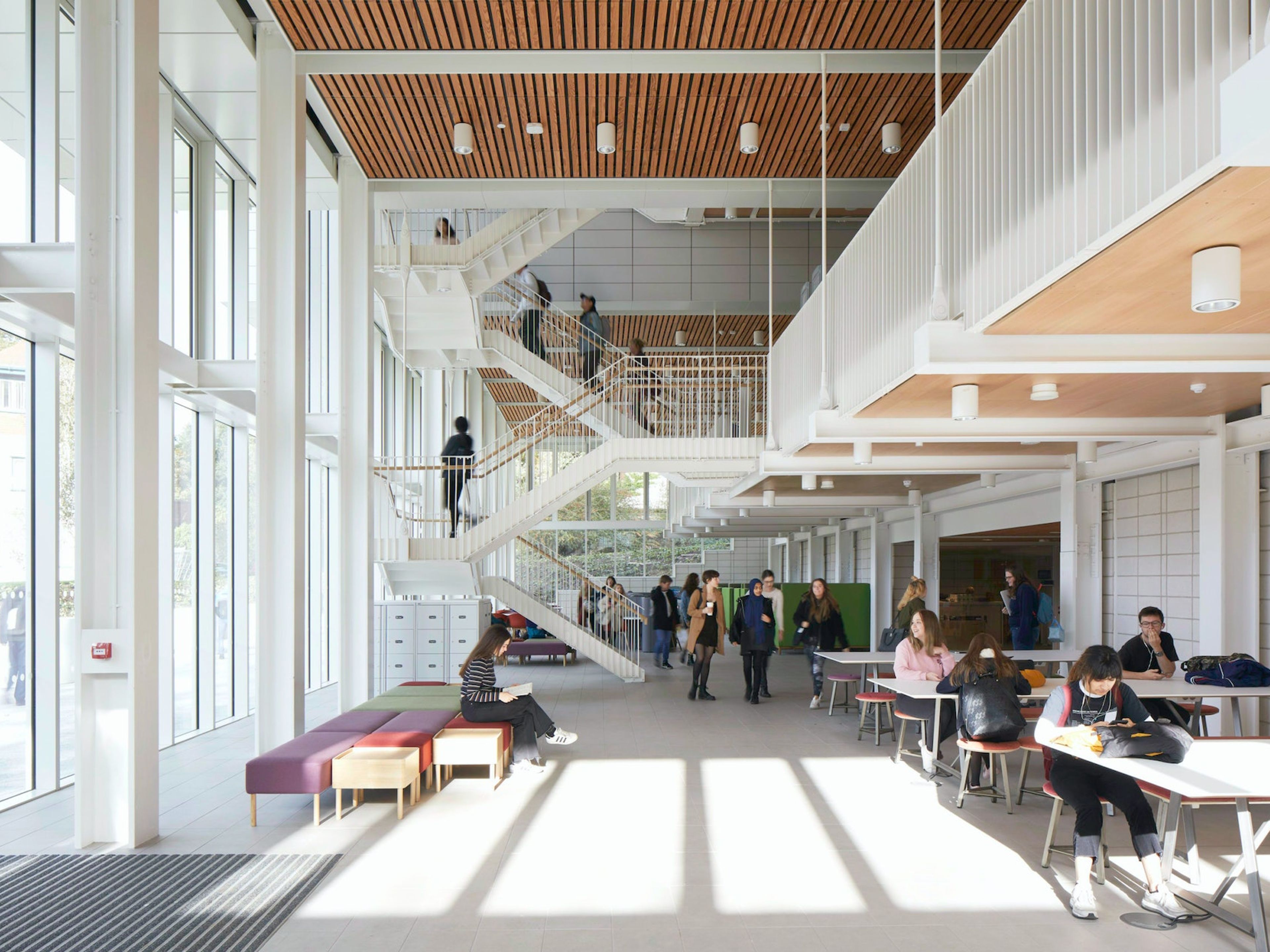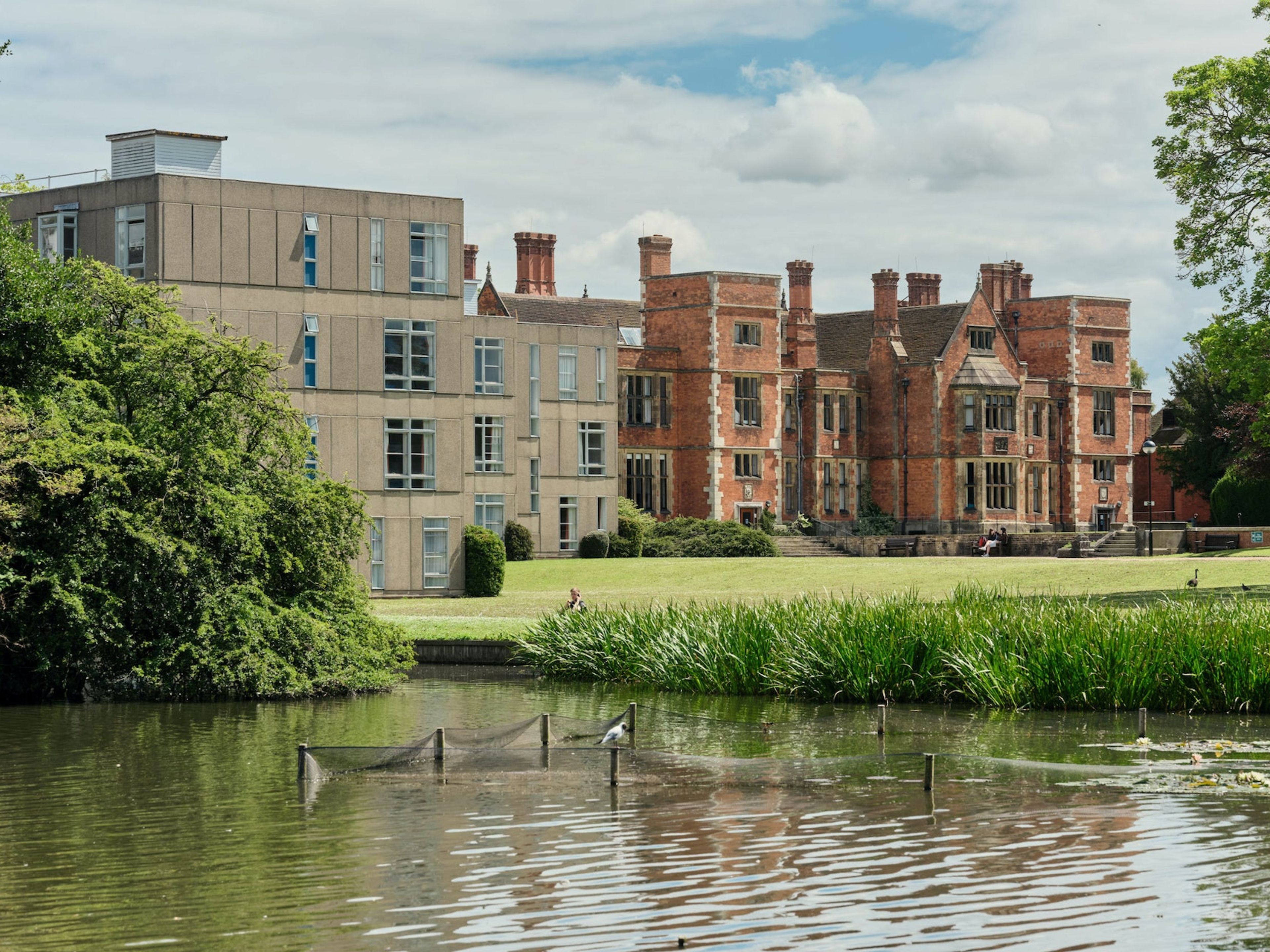Interview with Dr Julie Wells, University of Melbourne

“Our aim is to try and achieve the same qualities of engagement and community that we would have on our physical campus in a virtual space.”
We discuss COVID-19, climate change and responding to a crisis.
The University of Melbourne, founded in 1854, is the second oldest university in Australia and the highest ranked. It is a research-intensive university with 55,000 students, 40% of whom are international.
Jack Sallabank: Julie, this interview is taking place in the middle of the COVID-19 lockdown. What does life look like for the university at the moment?
Dr Julie Wells: The university campuses are currently closed to all but a few staff, so all of our courses are running online, which generally speaking is working well. Today we went live with our online Campus Community platform in which we are creating a virtual space for our community to interact. Our aim is to try and achieve the same qualities of engagement and community that we would have on our physical campus in a virtual space.
JS: So in essence you are trying to recreate parts of the campus experience but in a digital setting?
JW: Yes. For example, the University of Melbourne has five art galleries, one of Australia’s best theatre companies and partnerships with all of Melbourne’s cultural institutions. As part of our virtual campus, we are looking at ways that we can digitise the experience of visiting these places not just for our own community but for the rest of the world as well.

Interestingly, the situation we find ourselves in with COVID actually reinforces the strategy that we have been developing over the last few years. The strategy – due to launch but delayed by COVID – is very much pitched towards increasing our global impact and relevance, but doing that in part by leveraging our strengths and our partnerships at a local level.
“Universities should be leaders in sustainable urban development, and our vision is of a more flexible campus.”

JS: What has driven the focus of your strategy?
JW: It reflects the imperative that universities are feeling around re-establishing a social contract. We are in an era where we have a crisis of trust; people are questioning the value of expertise, and indeed some question the relevance, of higher education. Our response is largely around building trust and finding new ways to contribute to a world which is changing very rapidly.
We had bushfires in January, and we had COVID in February. In many ways these sudden jolts have given us the opportunity to think about how we put that strategy into action.
JS: You mentioned the bushfires. What role does your response to the climate crisis play in your strategy?
JW: One of the things that emerged really strongly when we were working on the strategy was the aspirational nature of our own campus community and the altruism within that community. There is a generational shift, and increasingly our campus community and stakeholders are looking for us to lead, not by control but by using our convening power to bring people together around these global problems that affect us all. It has been a no-brainer to start to gather our forces to contribute to the global effort to manage climate change, but also to contribute to community efforts to support bushfire recovery.
What that means in a practical way is making infrastructure available to communities, and that’s something that we have been thinking a lot about in campus design. How does your infrastructure support both your core activity and your engagement with your stakeholders? Can you adapt the space in times of crisis to provide enhanced services, supporting students and community? Universities should be leaders in sustainable urban development, and our vision is of a more flexible campus, where infrastructure can be utilised more nimbly and borders are more porous than in the past. The idea of flexibility is rising to the surface in all developments, and we are thinking about how our space can be repurposed should the need arise.
JS: In the UK we’re seeing a number of universities working with local partners to create knowledge clusters or innovation districts. Is the same true for the University of Melbourne?
JW: I know some of the UK examples very well. I have visited White City and Imperial College and UCL in Stratford, and we have captured great learnings from watching their experience.
When the University of Melbourne was established in the 1850s, it was in the same decade that a number of other significant medical, cultural and civic institutions were founded in what was a young colonial hub. So we’ve had a biomedical precinct which has grown organically over 170 years and has become a node for collaboration and engagement. On the western side of our campus we now have the biomedical district, which includes four major hospitals, medical research institutes, a number of different university institutes, and industry collaborators including CSL, Australia’s only big pharmaceutical development company. It has become a focal point for precinct development and helped us to think about how we build the local knowledge economy.
We have also developed the Melbourne Innovation District Partnership with the City of Melbourne and RMIT University, Melbourne’s other big urban university. The project’s primary goal is working together to activate the part of the city that we all occupy, which is the Northern Quarter. We have actively collaborated on an urban realm plan which aims to attract new jobs and businesses into the district, including startups, and build urban amenity. We have also partnered to make it a living lab for urban design. It has been a node for testing and trialling 5G technologies, for example.

JS: You’re working with Lendlease on a significant campus project. Is working in partnership with a developer a shift in how the university normally operates?
JW: I led the university’s negotiations to find an industry partner to develop our Melbourne Connect precinct, which is a collaborative hub on the eastern edge of the campus that is focused on digital technologies and big data and due to open at the end of 2020. This ultimately led to the partnership we have with Lendlease. At the time it was a completely new thing to work with a development partner, and it has been a very positive collaboration.
Lendlease is positioning itself as an innovative developer of urban precincts globally, and working with them has given us a much deeper understanding of how the property world functions, the brand value of universities as partners and the value of a university asset to a developer. The exchange of knowledge and insights has been rich.
Tags
Authors
Dr Julie Wells is the Vice President of Strategy and Culture at the University of Melbourne, overseeing the development and implementation of university strategy.
Publication
This article appeared in Exchange Issue No. 3, a look at how the COVID-19 pandemic has influenced the future of university design, featuring insight from chancellors, architects, students and more.
Read more

